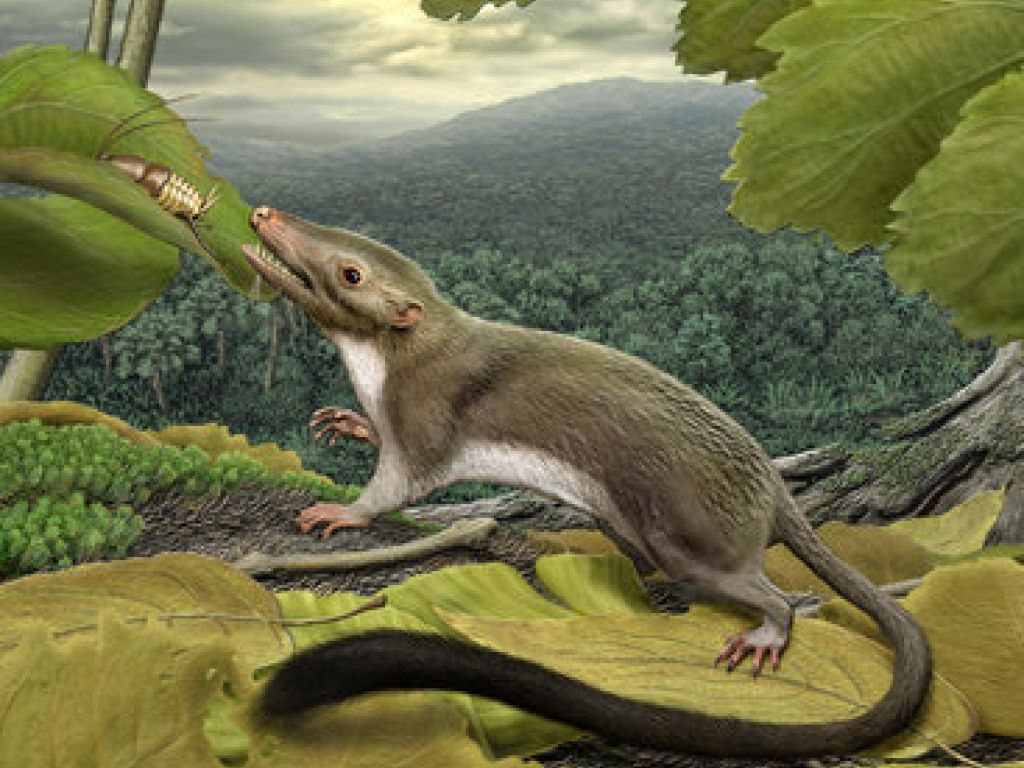Research reveals that humankind’s ancestor may have been rat-like
Following a comprehensive study of the mammalian family tree – as documented in Science magazine – findings indicate that humankind’s common ancestor, along with that of other mammals, may have been a rat-like, insectivorous animal with a long furry tail.

The discovery was made after a six-year study of the mammalian family tree by New York’s Stony Brook University. According to the New York Times online, the study found several anatomical characteristics that supported live birth. It also identified a branch of mammals that nurse their young in utero through the placenta, much like later mammals and humans.
The study seems to support the idea that the development of mammals into the dominant species came about around 66-million years ago, after the extinction of all non-avian dinosaurs. The nearly half-pound mammal has no colloquial name and goes by its scientific name, Protungulatum donnae. The animal is thought to be the predecessor of some 5 400 living species, from shrews to elephants, bats to whales, and cats to dogs.
Protungulatum donnae, however, is “not the earliest [mammalian] fossil record”, according to Professor Francis Thackeray, Director of the Institute for Human Evolution at Wits University. Fossils of the 250-million year-old Morganucodon have been found in various parts of Europe and North America, while those of its close cousin Megazostrodon have been found in South Africa.
Fossil records approximate the extinction of mammalian Megazostradons to be about 200-million years ago, so it is widely accepted as being one of the first mammals. Analysis into the life of a Megazostradon suggests that it possibly represents the final stage between reptiles and true mammals. This makes its discovery “special” and, in Professor Thackeray’s opinion, it should be among the “top 100” fossil contributors to modern morphological studies.
The discovery of the genealogical link between Protungulatum donnae and modern mammals gives scientists important indications of a pattern and time for the early appearance of mammal life. Leader of the project and principle author of the journal report, Dr Maureen O’Leary, wrote: “A combination of genetic and anatomical data established that the ancestor emerged within 200 000 to 400 000 years after … the end of the Cretaceous period.” It was at this time that the smaller, submissive animals inherited the Earth from predators like Tyrannosaurus rex.
The site responsible for the findings is MorphoBank, a database accessible to the public that uses advanced software for handling the largest compilation of data and images on mammals living and extinct.
In an interview O’Leary admitted that “the findings were not a total surprise”, although the process “[had] stretched [their] own expertise”. The discovery is important “because it relies on lots of information from fossils and also molecular data”, making MorphoBank a useful database for scientists across the world.
Science is a journal for original scientific research, global news and commentary.